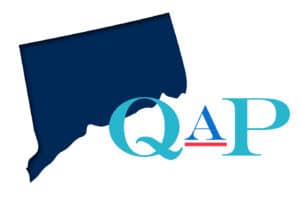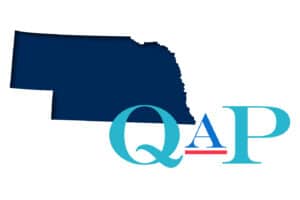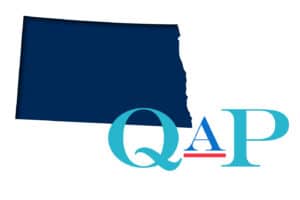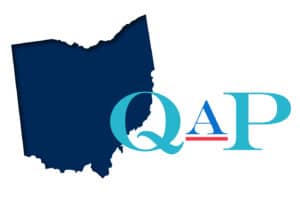California Department of Housing and Community Development released the FY 2015-16 Notice of Funding Availability of approximately $320 million for the Affordable Housing and Sustainable Communities (AHSC) Program. A copy of the NOFA is available here.
AHSC Program NOFA Workshops have been scheduled for six locations beginning Tuesday, February 2, through Wednesday, February 17.
The workshops will comprise a presentation regarding the AHSC Program Guidelines and requirements for Concept Application, with a question and answer session after the presentation.
The morning session will last from 9:00-11:30 AM. In addition, small group and one-on-one consultations with AHSC Program Staff will be available following the morning presentations between 1:00-4:00 PM. The consultations will be 20 minutes in length. They will focus on projects ready to apply for the 2015-2016 AHSC Program, discuss project eligibility, and answer questions specific to the applicants’ project.
Final Guidelines for AHSC Awards Generated By California Cap-and-Trade
December 29 — The Affordable Housing and Sustainable Communities (AHSC) program will allocate about $400 million in awards and grants during the 2015-16 funding period. These awards and grants will go to projects that benefit disadvantaged communities by increasing the accessibility of affordable housing, employment centers, and key destinations via low-carbon transportation.
The Strategic Growth Council administers AHSC, and its partners will provide awards and grants through a competitive process. They seek projects that fit into one of three categories:
- Transit Oriented Development (TOD) Project Areas,
- Integrated Connectivity Project (ICP) Project Areas,
- and Rural Innovation Project Areas (RIPA).
According to the California Housing Partnership Corporation, the final guidelines include important updates to the draft guidelines that were released in September:
- The per unit loan limit for 4% tax credit developments increased from $50,000 to $60,000 above MHP base loan limits.
- Changes to the definitions of Bus Rapid Transit (BRT) and High-Quality Transit require dedicated bus lanes or use of HOV/HOT along at least part of a rapid bus route to qualify as Transit Oriented Development (TOD), resulting in some rapid bus service now qualifying as an Integrated Connectivity Project (ICP) area rather than TOD.
- The eligible threshold level of investment for ICP and Rural Innovation Project Area (RIPA) projects dropped to a combined total of $500,000 for the Sustainable Transportation Infrastructure (STI) and Affordable Housing Development.
- Housing and Transportation Collaboration points are now divided among five categories, including:
- Four (4) points for joint applications from housing developers and public agencies with authority over transportation, and
- Three (3) points for projects that include a minimum of $500,000 in investment each for STI and for affordable housing.
5. Location Efficiency and Access to Destinations now include additional factors for up to eight points:
- Applicant projects can win Walk, and Bike Score points at lower score levels.
- Access to services now qualifies for additional points.
- Funding for parking costs is now based on the number of parking spaces per unit. Developments with fewer spaces per unit are eligible for the most funding per space.
- Residential anti-displacement, no net loss of affordable housing, and compliance with the State Relocation Assistance Law are now threshold requirements for AHSC projects. Anti-displacement points now reward business anti-displacement strategies and economic anti-displacement, and workforce training and employment strategies.
- MPOs have a more formalized role in ranking and recommending applications from their region though no specific points are assigned to these recommendations.
- Funding targets for the project area types have changed, with targets for TOD and ICP projects set at 35% each and RIPA at 10%. Projects will be scored and ranked within those project area types. Once these funding targets have been met, the remaining projects will be binned and scored together regardless of project area type to award the remaining 20% of funds.
California Updates Affordable Housing and Sustainable Communities Program
September 2015 — AHSC staff released proposed changes to the 2015-16 Strategic Growth Council AHSC Program Guidelines. Proposed revisions cover a range of topics, including revised scoring criteria, the jurisdictional cap for localities, projects in rural areas, transportation capital improvements, housing and transportation collaboration, urban greening and green infrastructure, active transportation, and community benefits and engagement. SGC will be holding several public workshops to describe proposed changes in the Draft Guidelines and hear public comments on the Draft Guidelines. Written comments may be sent to: AHSC@sgc.ca.gov no later than Friday, October 30, 2015, in order to be considered for the draft Final Guidelines document. The attached document will undergo public review, feedback, and staff revision prior to the Council adoption of the final 2015-16 AHSC Guidelines at its December 17, 2015 meeting.
The Strategic Growth Council’s Affordable Housing and Sustainable Communities Program funds land-use, housing, transportation, and land preservation projects to support infill and compact development that reduces greenhouse gas (“GHG”) emissions.



